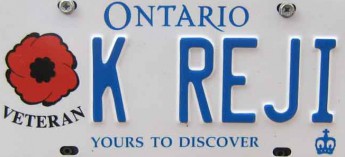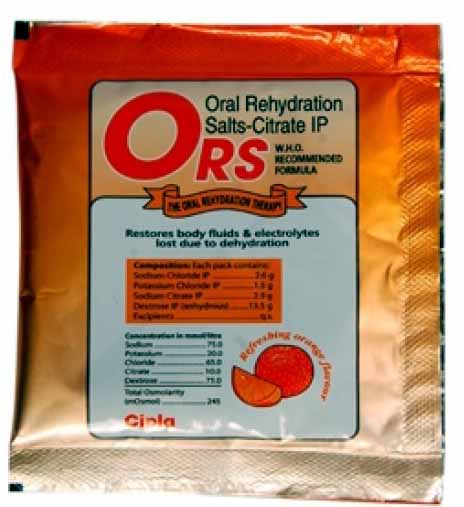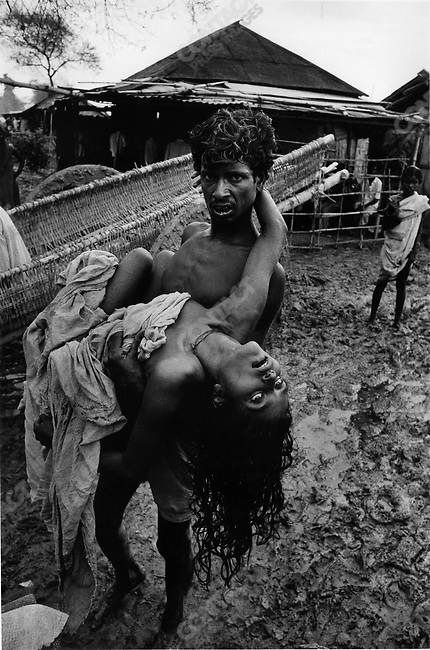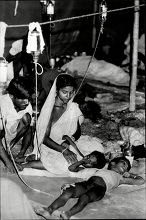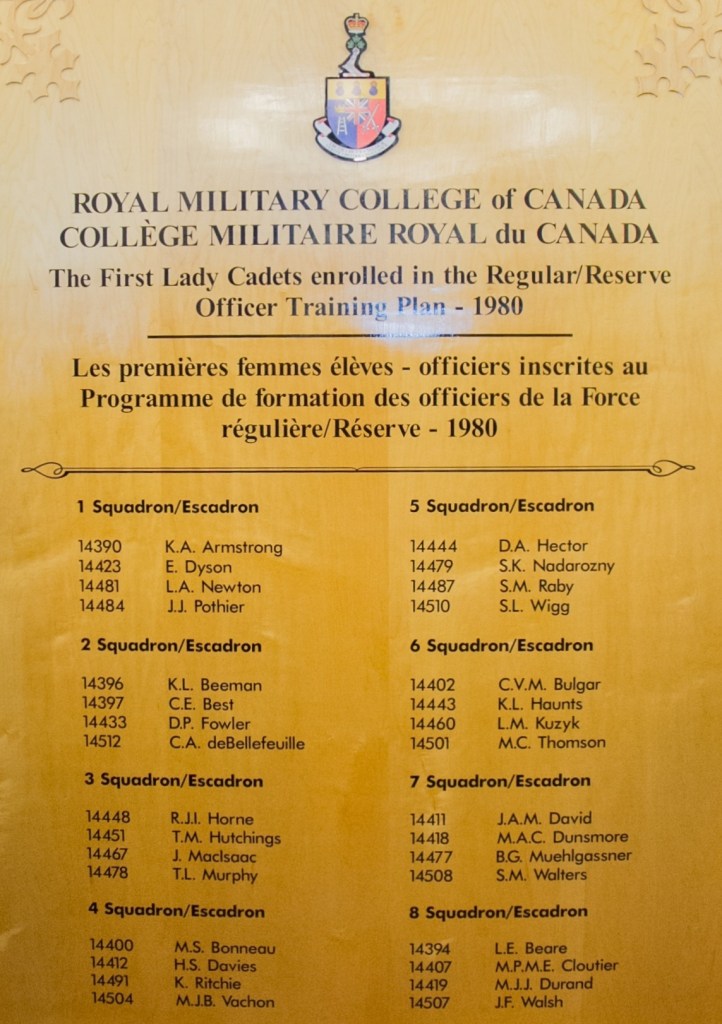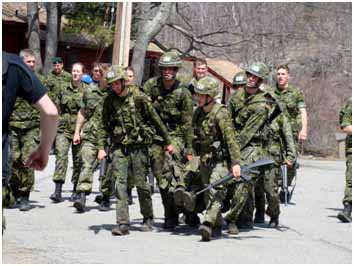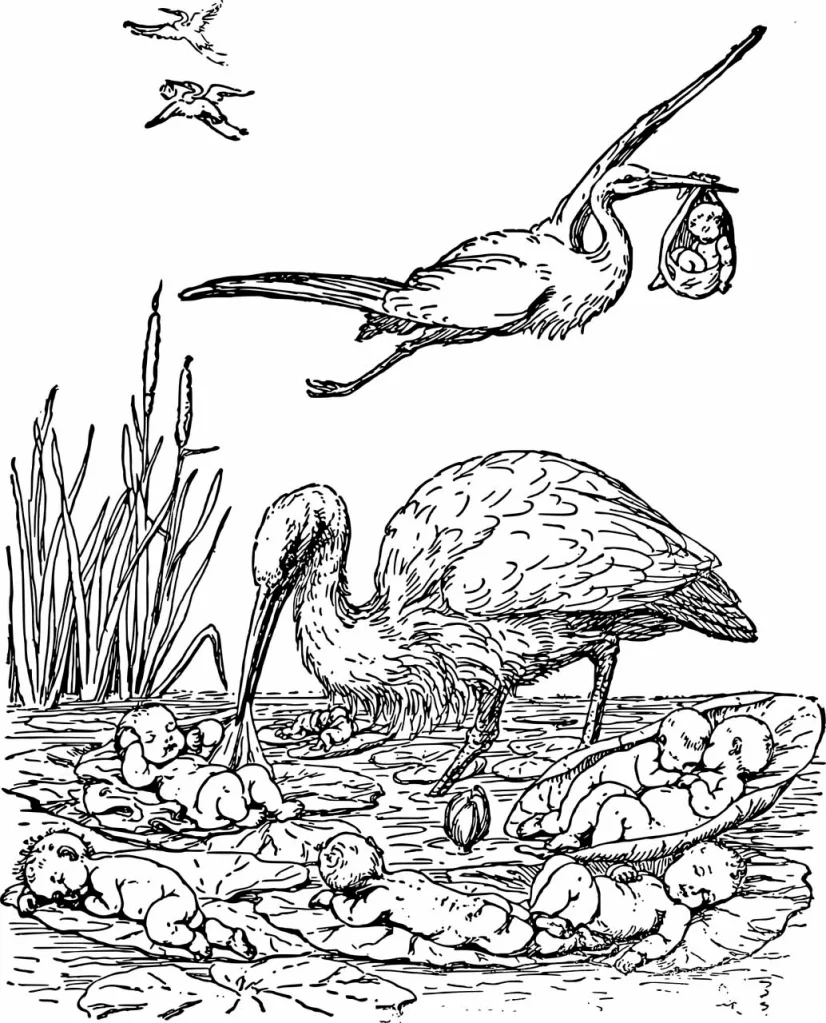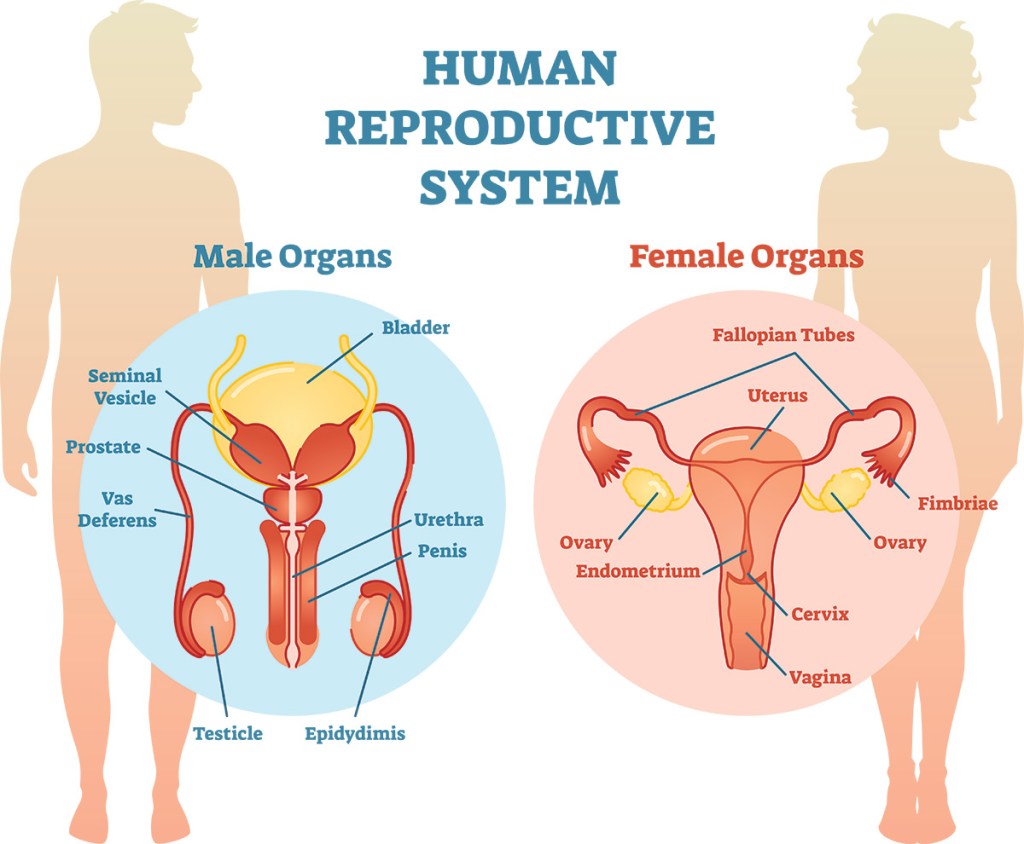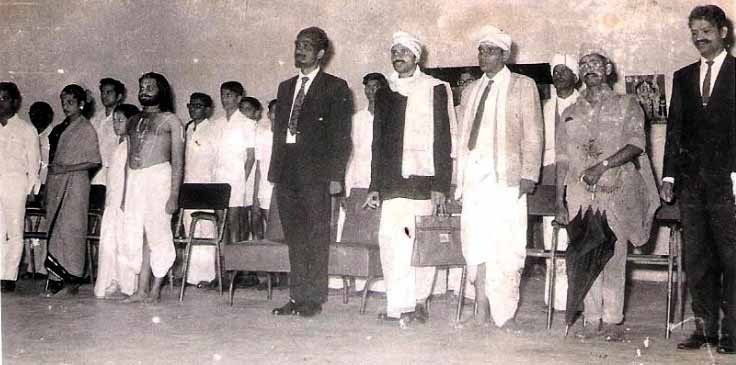On July 29, a notification on my cellphone read ‘Today is the World ORS Day.’ When there is a Left Handers’ Day (August 13,) a Sandwich Day (November 3,) a Puppy Day (March 23,) and also a Nothing Day (January 16;) I wasn’t surprised to find an ORS day!
ORS Day is observed each year on July 29 to emphasise the importance of ORS as an affordable and highly impactful healthcare method to treat dehydration and diarrhea. This year too it was celebrated, but without much fanfare, throughout the world. I have failed to find the significance of the date – July 29 – connecting to ORS. Hence I decided to dwell a bit deep.
For more than 25 years WHO and UNICEF have recommended a single formulation of glucose-based ORS to treat or prevent dehydration from diarrhoea and cholera for all ages. ORS has been used worldwide and has contributed substantially to the dramatic global reduction in mortality from diarrhoeal diseases.
ORS is an oral powder–containing mixture of glucose, sodium chloride, potassium chloride, and sodium citrate. After dissolving in requisite volume of water, it is used for the prevention and treatment of dehydration, especially due to diarrhea.
ORS and zinc are recommended by the WHO and UNICEF to be used collectively to ensure the effective treatment of diarrhea. ORS replaces the essential fluids and salts lost through diarrhea. Zinc decreases the duration and severity of an episode and reduces the risk of recurrence in the immediate short term.
Captain Robert Allan Phillips (1906–1976) of the US Navy in 1946 first successfully tried oral glucose saline on two cholera patients. As a Navy Lieutenant at the Rockefeller Institute for Medical Research during World War II, Phillips developed a field method for the rapid assessment of fluid loss in wounded servicemen. Captain Phillips embarked on cholera studies during the 1947 Egyptian cholera epidemic and developed highly effectives methods of intravenous rehydration. Later he developed a of glucose-based oral rehydration therapy.
The typical Indian Jugaad (जुगाड़) by Dr Dilip Mahalanabis – a paediatrician and a clinical scientist working with Johns Hopkins University Center for Medical Research and Training (JHCMRT) – who treated multitudes of Bangladeshi refugees who were suffering from diarrhea with rehydration salt sachets or ORS. He has not received any recognition, either from the international community or from the Indian government.
Oxford Dictionary defines Jugaad as ‘A flexible approach to problem-solving that uses limited resources in an innovative way.’ In effect, there is no real word in English that captures the essence of the real Jugaad.
In 1971, an estimated 10 million refugees crossed the border from East Pakistan into India as per UNHCR. This was the largest single displacement of refugees in the second half of the 20th century. The refugees were severely malnourished, especially the children and the Indian government took all efforts to take care of the refugees, despite meager support from the international community.
After walking long distances on foot to escape from the ruthless atrocities of the Pakistan Army, this starved and frightened mass of people sought refuge in India. A cholera outbreak in the refugee camps badly affected the already exhausted and starved refugees. The monsoon was in full fury, and for the refugees living in tents and other make shift arrangements, it was hell. It is estimated that about 30% of the refugees died from cholera and diarrhea.
This called for a huge amount of intravenous fluids and coupled with problems of transport and lack of trained personnel for their administration, effective treatment was near impossible. Dr Mahalanabis suggested use of oral fluids as the only recourse in this situation. He recommended an electrolyte solution with glucose which could prevent fatal dehydration.
The ORS recipe he used consisted of 22 gm glucose, 3.5 gm table salt and 2.5 gm baking soda per liter of water. This is the simplest formula, containing the minimum number of ingredients, that saved the day for many refugees and they lived to narrate the horrors they faced.
He organised two teams for cholera therapy including oral rehydration. Both teams worked along the border between India and Bangladesh. He established a treatment centre at the sub-divisional hospital in Bongaon with 16 beds. He organised a continuous shuttle of vehicles on the 80 km run from Calcutta to Bongaon, carrying personnel, medication, food and supplies to the centre. The reserves of intravenous saline-lactate solution stocked originally for cholera research soon depleted. He had to now used Juggad to make ORS.
To make the ORS, glucose-and salt packets were prepared in Calcutta; first in the JHCMRT library room. Each of the three components of the mixture were carefully weighed by separate technicians and poured into a small polyethylene bag in an assembly-line fashion. Another technician inserted a descriptive label with instructions for dissolving in water; then he sealed one end of the bag with a hot iron. In the field, the dry powder was added to clean drinking water and dispensed from drums directly into the patients’ cups. The cost was calculated to be 11 Indian paise, (about 1.5 US cents) then per liter of fluid.
Later in 1978 during the cholera epidemic in Manipur, ORS was extensively used, especially in children with diarrhea and cholera. The WHO in 1978 launched the global diarrhea diseases control program with ORS. In 1979 WHO approved ORS.
Today, ORS is included in WHO’s Essential Medicines List, and Priority Medicines for mothers and children. ORS is also listed as a lifesaving commodity identified and targeted for scale-up and access by the UN Commission on Life-Saving Commodities for Women and Children.
India faced a dire financial situation after the 1971 Indo-Pak war and taking care of the refugees. To shore up some money, the Government of India applied Jugaad and imposed the Refugee Relief Tax (RRT) throughout the country that came into force on November 15, 1971. It meant a separate five paisa stamp to be affixed on all postal articles to show payment of the tax.
The post offices immediately applied Jugaad and came up with hand-stamps marked ‘Refugee Relief Tax Prepaid in Cash’ on all postal stationery. On December 1, 1971 the new five paisa stamp, showing an image of a refugee family fleeing persecution was released. RRT was repealed in effect from April 1, 1973.
